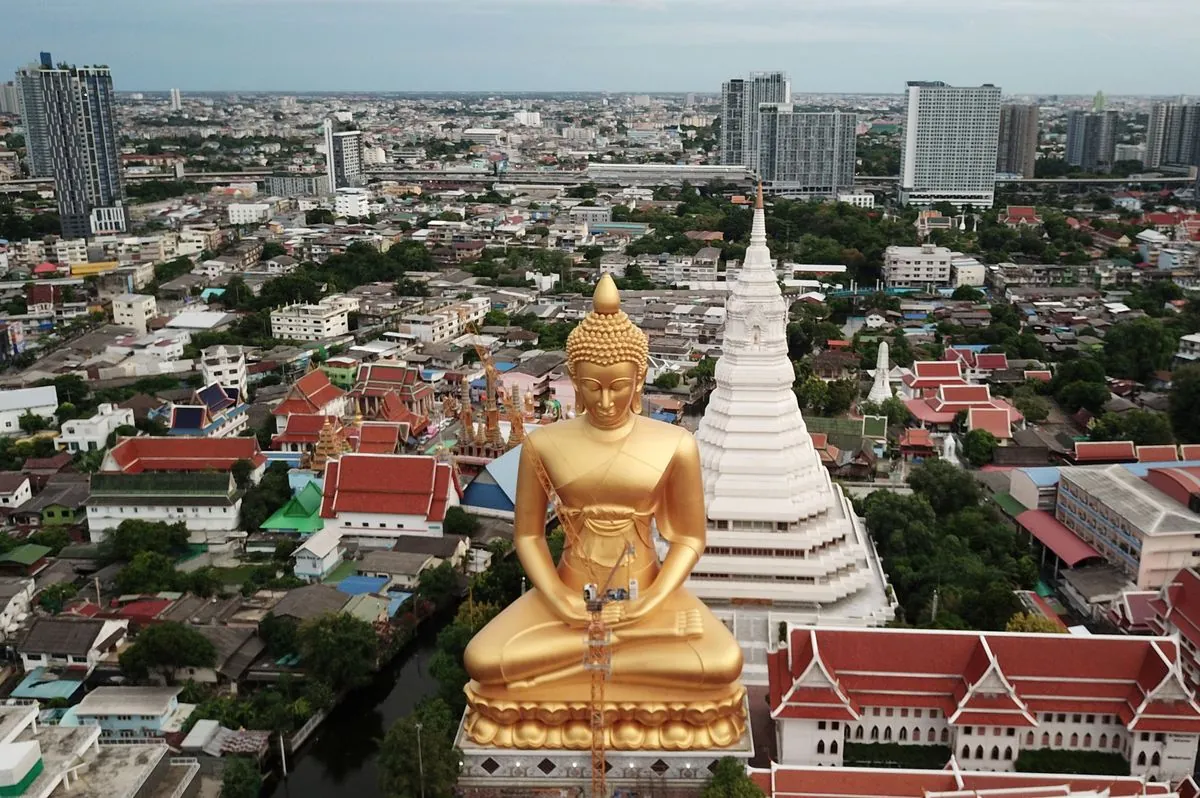One year ago, a devastating mudslide struck the Thai island of Phuket, claiming the lives of 13 individuals and affecting numerous households. The incident, which occurred near the iconic Big Buddha statue, a 45-meter-tall white marble landmark on Nakkerd Hill, serves as a stark reminder of the natural hazards that can affect even popular tourist destinations.
Sophon Suwannarat, the governor of Phuket, reported that the casualties included a Russian couple, nine migrant workers from Myanmar, and two Thai nationals. The disaster also left approximately 20 people injured and impacted 209 households in the area.
Phuket, Thailand's largest island located in the Andaman Sea, is renowned for its tourism industry, attracting over 10 million visitors annually before the COVID-19 pandemic. The island's tropical monsoon climate, characterized by heavy rainfall from April to November, makes it susceptible to natural disasters like mudslides, especially in its hilly terrain.
The incident highlights the vulnerability of both tourists and migrant workers in such situations. Myanmar, being the largest source of migrant workers in Thailand, often sees its citizens employed in various sectors across the country, including the tourism industry.
In response to the tragedy, local authorities initiated a major cleanup operation and began contacting the relatives and embassies of the victims. This disaster underscores the importance of disaster preparedness and risk management in tourist-heavy regions, particularly in light of climate change, which is expected to intensify extreme weather events in Southeast Asia.
Phuket's history of natural disasters, including the devastating 2004 Indian Ocean tsunami, has led to increased efforts in improving emergency response and preparedness on the island. However, this recent mudslide demonstrates the ongoing challenges faced by regions with rapid urban development and potential deforestation, which can exacerbate the risk of such incidents.
As Phuket continues its post-pandemic tourism recovery efforts, this tragic event serves as a somber reminder of the need for sustainable development practices and robust disaster management strategies to protect both residents and visitors in popular tourist destinations.
